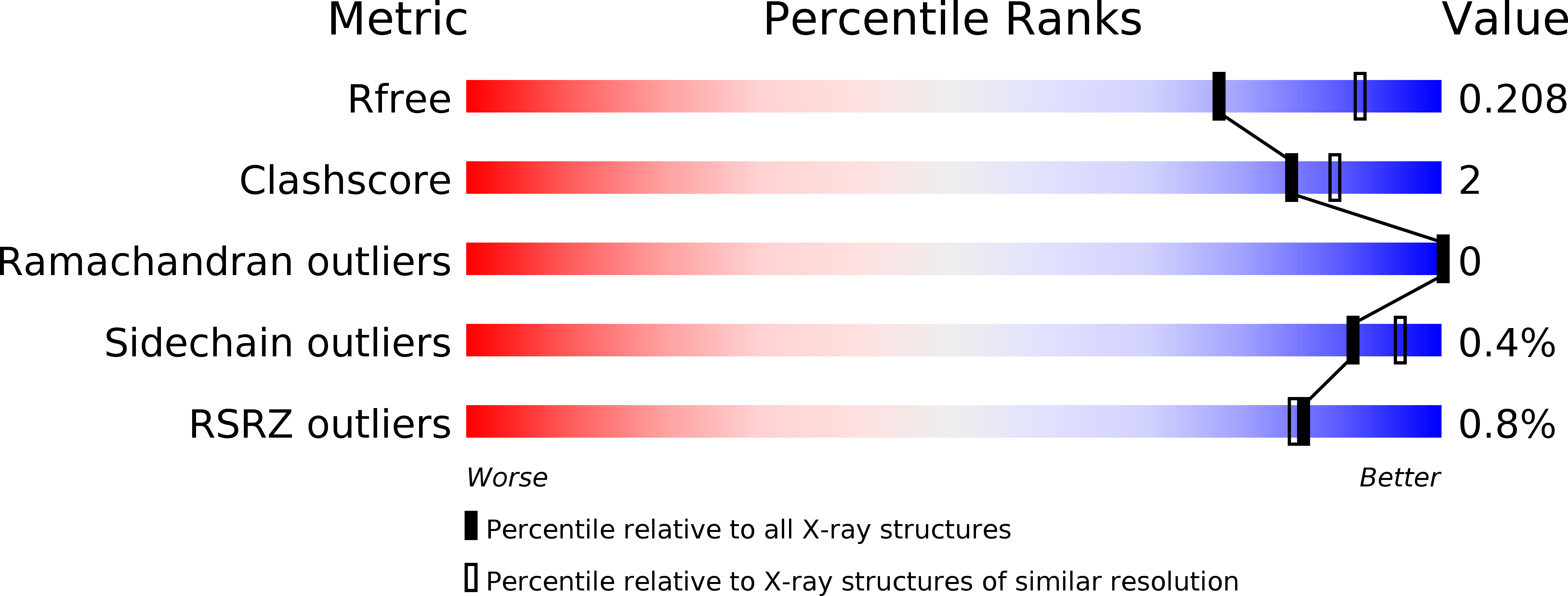
Deposition Date
2016-04-30
Release Date
2017-01-25
Last Version Date
2024-03-20
Entry Detail
PDB ID:
5JNH
Keywords:
Title:
Crystal Structure of cytidine monophosphate hydroxymethylase MilA
Biological Source:
Source Organism:
Streptomyces rimofaciens (Taxon ID: 504097)
Host Organism:
Method Details:
Experimental Method:
Resolution:
2.20 Å
R-Value Free:
0.20
R-Value Work:
0.16
R-Value Observed:
0.16
Space Group:
P 32 2 1


